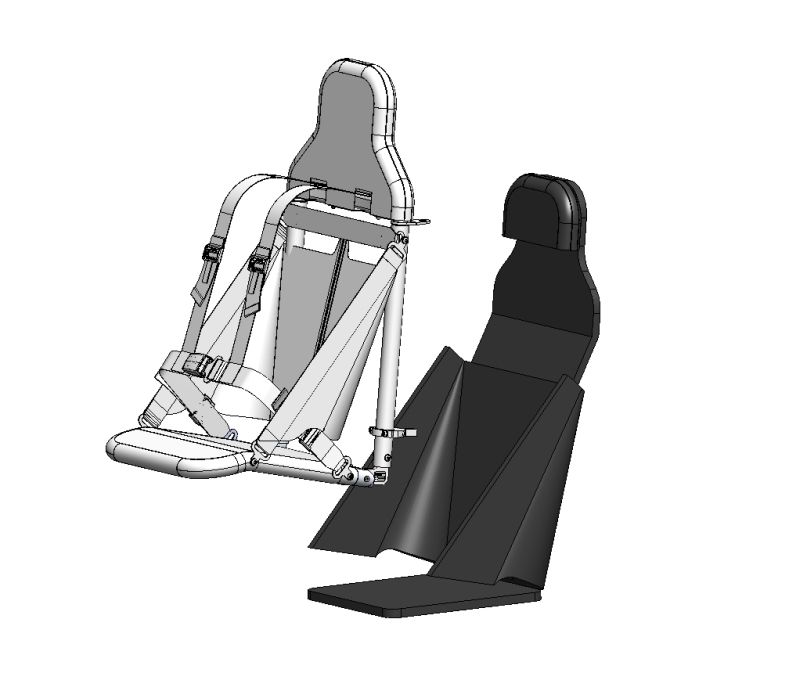BAGRAM AIRFIELD, Afghanistan — A registry established six years ago to track casualty information from Iraq and Afghanistan is providing valuable data that’s saving wounded warriors’ lives, the commander of the theater hospital here reported.
Air Force Lt. Col. (Dr.) Guillermo Tellez, commander of the Staff Sgt. Heathe N. Craig Joint Theater Hospital at the largest aeromedical evacuation point in Afghanistan, praised the lessons learned through the Joint Theater Trauma Registry.
The Defense Department launched what has grown to become the world’s largest database of combat injuries in 2005. It captures details about wounds received, medical care provided at combat support hospitals, aboard ships and aircraft and throughout a patient’s treatment, as well as the results.
Tellez called this knowledge base a huge advantage in helping medical care providers to identify treatments that proved most effective in treating patients with similar wounds. “It is how we follow statistically, over time, what made the difference,” he said.
The registry, he said, provides insight from how much fluid to give patients to what types of blood products to administer to the best way to keep airways open, body temperatures controlled or infection rates down.
“It is making our course of care better and the management of care better,” Tellez said. “It is a very dynamic, ongoing quality assurance of care.” He cited examples of the lessons that are improving the care wounded warriors receive and promoting the healing process. Tourniquets, for example, once discouraged for fear they could cause limb loss, now are embraced as a valuable life-saving tool. “We have learned that if you stop the bleeding, stop the hemorrhaging, you have a good chance of living,” Tellez said.
Stomach wounds heal faster and are less prone to infection if left open, the registry revealed. For patients suffering head trauma, doctors have learned the benefit of removing the skull cap until brain swelling goes down. When the skull cap was replaced too quickly, patients tended not to do so well, Tellez said.
“So, many times, that skull cap is now removed and later reconstructed. The brain is less swollen and less traumatized,” he said. After reconstruction and recovery, Tellez said, it’s nearly impossible to detect that the patient ever had a large skull defect. “That is because we have learned how to better manage these types of wounds,” he said.
The staff at the hospital applies these lessons daily in treating wounded warriors. During the first three months of 2011, they treated more than 2,300 trauma patients, with about 800 of them suffering the most severe “Level 1” injuries, Tellez said. “It is a very dynamic trauma center,” he said. “We are busy.”
Despite the severity of injuries treated here, statistics show that the expertise of the hospital’s medical staff– enlightened through the joint registry is making a difference. Ninety-eight percent of wounded troops who live to receive care at the Bagram facility ultimately survive, Tellez said.
“I would rival our care to [that offered at] any large tertiary-care center in America,” he said.
Lessons learned here are extending beyond the combat zone, and are being embraced by civilian medical centers, Tellez noted.
“The things we are doing here have been adopted by many of the trauma centers in the U.S. and around the world,” he said. “They are looking to us to improve the way they provide trauma care.”
Source:
U.S. Department of Defense
Office of the Assistant Secretary of Defense (Public Affairs)

 von
von 

